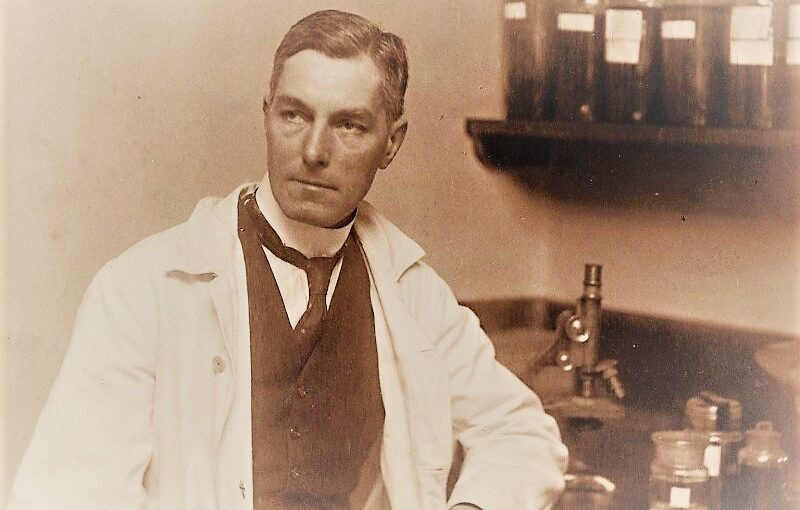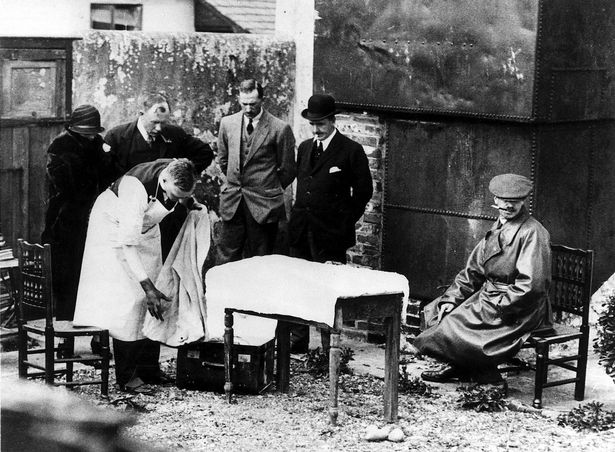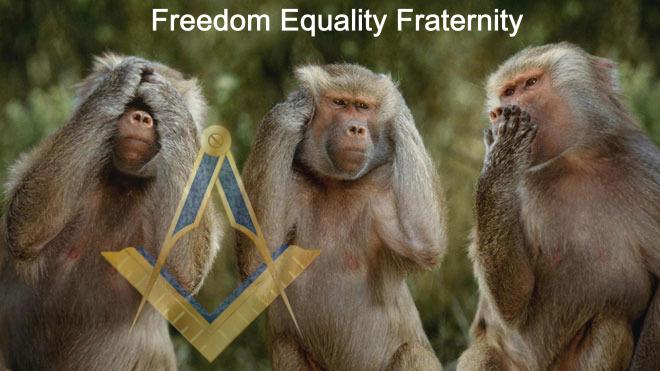London was the 18th century wonder capital of Europe. It had been rebuilt following the Great Fire of 1666 and had an extremely new look. The merchants had withdrawn from the City and moved into fashionable terrace houses in the parishes of Soho, Mayfair, and in St. James, which had broad streets and paved squares.
And yet, London continued to be surrounded by miasma and be a city broadly tarnished by horse-dung. In the absence of an adequate sewerage structure, many servants still discharged their master’s chamber pot upon the heads of passersby and because of the coal burning in the fireplaces, layers upon layers of black soot coated the buildings and made the air not healthy to inhale. Violence and street crime were rampant.
THE WORLD OF THE OPERA IN LONDON
It was in this almost surreal habitat that deep connections were established between Freemasonry and the world of music, and they have never been stronger than during those years.
With the upper social classes having so much available time in hand and a strong love for entertainment, London turned into a Mecca for foreign artists. Since 1708, the Italian Opera had been constantly performing, with varying fortunes, at the Queen’s Theater in Haymarket, London, which is now called Her Majesty’s Theater. Built in 1705 and renamed the King’s Theater in 1714 upon the ascension to the throne of Great Britain of the German born George I (1626-1727), the theater also became identified for a period as The Italian Opera House.
The ceaseless comings and goings of French, German and Italian musicians, singers and impresarios continued strongly into the following century and the King’s Theater audience was never entertained with as many comic operas as it was in the season 1768-69.
The international artists all detested the English climate, which brought them colds and fevers, but they never regarded this poor factor as a reason for not coming back if awarded a contract. Aliens had also learned to put up stoically with the infamously atrocious English food and an Italian representative of the 1763 King’s Theater recounted his experience of it in these terms:
“In this expensive metropolis, we poor Christians are reduced during Lent to the melancholy alternative of either fasting like our founder, or living on rotten eggs, stinking fish, train-oil, and frost-bitten roots and herbage’’.

The old King’s Theater 
The current Her Majesty’s Theater
HOSTILITY TOWARDS FOREIGNERS
The Italian literatus Giuseppe Baretti (1719-1789), compiler of the first English-to-Italian vocabulary, devoted most of his life in London and denounced the poverty that existed among Italian singers in London, which was created by inadequate earnings and exceedingly costly existence. He did so in a letter printed in The Public Ledger of 16 September 1760, which received this response:
“We can now see into the penury and meanness of those who have gained thousands by our folly and extravagance – we know, while in England. how miserably they live, because they will save all they can to spend in their own country; (…) such is their hatred of the nation that caresses them, that if it were possible to live upon the dirt or filth of the streets, they would rather do it than the least farthing should come back again into an Englishman’s pocket“.

The London society, had always harbored animosity towards aliens–the 1666 Great Fire of London was attributed on a French catholic, after all – and accused the Italians of avarice for their meager spending, neglecting that the aristocrats kept artists waiting around without work or payment for days or even weeks at a time. They did not understand the struggles the touring musicians suffered and would not have cared less even if they did.
Samuel Johnson declared that in London one discovered the “full tide of human existence,” and that although the Capital of England was “a place with a diversity of greed and evil (…) slight vexations do not fix upon the heart” of its residents. In my opinion, he never asked them.
THE NINE MUSES LODGE
Networking was an important chore for all the foreigners who visited England, whether they were artists, merchants, aristocrats, or rich gentlemen. At best, it assured admittance into affluent and patrician circles, at worst it guaranteed contracts and even a profitable office.
And what better way to network than by joining a Masonic Lodge?
On January 14, 1777, these individuals convened in the Thatched House Tavern on St. James’s Street, Westminster–which at the time was regarded as being part of the County of Middlesex – and on the 23rd, after securing a warrant, formed the Lodge of the Nine Muses No. 502.
Continue reading MUSIC AND THE CRAFT – LUIGI BORGHI , A FREEMASON OF THE NINE MUSES LODGE






















